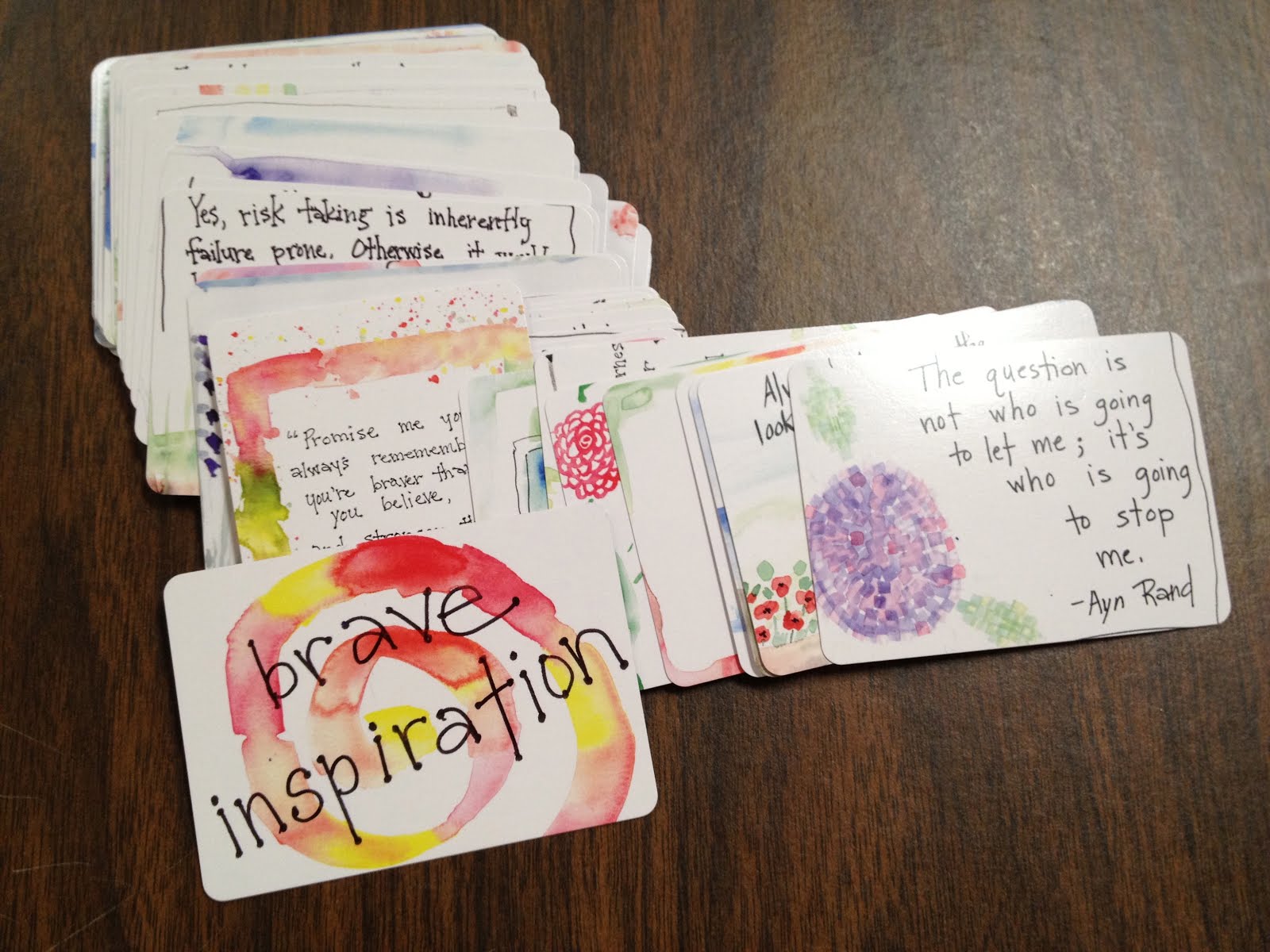So we all know that sensory breaks are recommended for students with a variety of special needs. I would argue that sensory breaks are a great idea for everyone in the classroom--even teachers! They can be used many different ways. This year I have so many students who benefit from the consistent addition of breaks into our daily routine. I can usually tell when this is needed because the students are extra antsy or unfocused. Below you will find some ideas that I added and some were suggested by our occupational therapist. {She had some of my students teach these breaks to the whole class!} If you need more suggestions, consult your school's occupational therapists or consultants.
I made mini posters to remind students of our breaks. The posters backed with aqua paper can be done by any students at any time at their seat. These include:
Deep Breath: Breathe in through the nose slowly and out through the mouth slowly. This can be "smell the flower, and blow out the candle," or as my son prefers, "smell the cookie, blow out the candle."
Pressing Palms: Press palms together in front of the chest. {You should be able to feel the press all the way up into the shoulders.}
Chair Push Ups: Press hands down on seat of chair and lift bottom off the seat so that feet come off the ground.
Lift Arms Over Head: Lift arms overhead and press them up toward the sky.
All of these can be modified, expanded, or repeated several times. Most we will do 3 or 5 times.
I honestly don't have many students who will initiate a break on their own. Sometimes I will invite a student who looks like they can most use the break to choose one for us to all do together. That is usually very effective and quick!
Then we have a variety of breaks that would be too distracting for one person to do, but the whole class will stand up and do them together. These are very popular many months into using them!
Put on the sunscreen: start with arms and press as if you are applying sunscreen. We go from arms to legs to bellies to necks and heads. Try it! It's surprisingly calming to me!
Brrr! Hug and stir: Cross arms and give yourself a tight hug, tightening muscles. Repeat 3-5 times, and then stir a big cup of hot cocoa in front of you.
Popcorn Spelling: Practice spelling words outloud. Pop up for certain letters. We usually pop up for vowels. So for c-a-t, we would sit as we said c, pop up for a, and sit for t. My students LOVE this one!
Roll A Brain Break: I printed this freebie from Teachers Pay Teachers. One student rolls a die and then reads the instructions to us. {There is a different activity for each number 1 - 6}
The Elephants Are Coming: The all time favorite! I say, "Do you hear the elephants coming?" They say, "Yes and they are far away {Tiptoeing} Me: "Do you hear the elephants coming?" Them: Yes, and they are half way here. {Louder feet} Me: "Do you hear the elephants coming?" Them: Yes and they are almost here. {Pounding feet} Me: "Do you hear the elephants coming?" Them: Yes, and they are here. {Pounding feet, trumpeting mouths and moving trunks} Me: Do you hear the elephants leaving? Them: Yes, they are moving away {Pounding feet} Me: Do you hear the elephants leaving: Them: Yes, and they are far away {Tiptoeing} Me: Are the elephants gone?
Them: {whisper yes and sit down silently}
As the winter has been long and spring is always a time for antsy students, these are worth a try! Let us know what you use and how these work with your kiddos!











